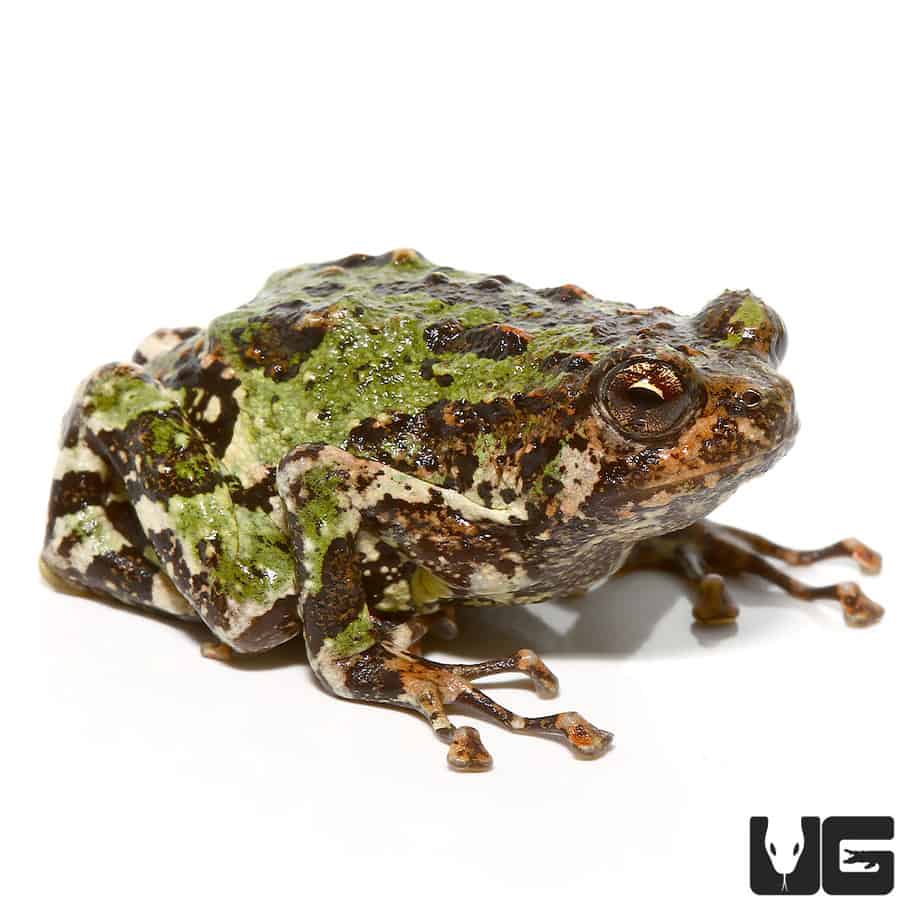Rain Frog for Sale: Discover Uncommon Amphibian Animals at Unbeatable Prices!
Rain Frog for Sale: Discover Uncommon Amphibian Animals at Unbeatable Prices!
Blog Article
The Most Effective Reptile Enclosures: Exactly How to Produce the Suitable Habitat
Creating the perfect habitat for reptiles is not almost positioning them in a container or room; it includes a thoughtful factor to consider of different aspects that add to their general well-being. From the size of the unit to the kind of substratum utilized, every element plays an important role in providing an environment where your reptile can grow. By recognizing the certain needs of your reptile species and applying the appropriate habitat setup, you can guarantee their health and wellness and happiness in captivity.
Picking the Right Room Size
When picking a room size for reptiles, it is crucial to consider their natural actions and area requirements to guarantee their wellness and health. When it comes to habitat area, various reptile species have differing needs. Arboreal varieties like chameleons or tree snakes require vertical space for setting down and climbing, while earthbound species such as bearded dragons or leopard geckos require more flooring space for discovering and thermoregulation. Aquatic turtles like red-eared sliders demand enclosures with both water and land locations for swimming and basking.
A basic rule of thumb is to provide ample room for the reptile to exhibit natural behaviors, such as basking, concealing, climbing, and foraging. By thoroughly thinking about the particular needs of the reptile varieties in concern, proprietors can develop an ideal and improving environment that promotes overall well-being and encourages all-natural actions.
Establishing Up Appropriate Burner
To guarantee the well-being and health of reptiles in their units, it is vital to carefully establish up appropriate burner. Reptiles are ectothermic animals, suggesting they depend on outside heat resources to control their body temperature. When establishing home heating aspects in a reptile enclosure, it is crucial to take into consideration the certain temperature needs of the types you are taking care of. Different reptiles have differing temperature requires based upon their natural environment, so it is necessary to research and recognize these requirements.
One reliable and common burner for reptile enclosures is a warmth lamp or ceramic warm emitter. These warmth sources can be utilized to develop a temperature slope within the unit, enabling reptiles to relocate in between warmer and cooler areas as required. In addition, under-tank heating pads or warm floor coverings can be used to supply belly heat, which is specifically advantageous for reptiles that call for additional heat to aid in digestion.
Keeping track of the temperature level within the unit making use of a thermometer is vital to make certain that the home heating elements are maintaining the suitable temperature variety for your reptile. Consistently examine and readjust the burner as required to develop a healthy and balanced and comfy setting for your flaky close friend.
Picking Appropriate Lights Components

Supplying the Suitable Substratum
Picking the proper substrate is important for creating a suitable and comfy atmosphere for reptiles in their enclosures. Some reptiles, such as desert-dwelling varieties like bearded click this link dragons, thrive on substratums like calcium sand or reptile rug, while others, like round pythons, like coconut husk or aspen bed linens to preserve humidity degrees.
In addition, the size of the reptile should additionally influence your choice of substratum, as hatchlings may call for a finer product to avoid ingestion. Stay clear of substrates that can create impaction, such as loose substratums like sand or gravel, specifically for reptiles known imp source to consume their bedding. Routinely cleansing and replacing the substratum is important to make certain a hygienic and clean setting for your reptile. By choosing the excellent substrate, you can add to the overall health and wellness and well-being of your scaly friend.
Designing for Enrichment and Comfort
Taking into consideration the substratum's role in providing a structure for natural actions and keeping an appropriate environment, boosting the reptile room with proper decors is important for both enrichment and comfort. When enhancing the room, it is essential to take into consideration the reptile's species-specific requirements and actions to produce a space that advertises physical and mental well-being. By including a range of decors that simulate the reptile's natural habitat, proprietors can ensure their pet dog's comfort and boost their natural reactions, ultimately leading to a better and healthier reptile.
Final Thought

Producing the excellent environment for reptiles is not simply about positioning them in a storage tank or unit; it entails a thoughtful factor to consider of various factors that Get More Information add to their general well-being.Choosing the proper substrate is crucial for producing a comfortable and appropriate environment for reptiles in their enclosures. Some reptiles, such as desert-dwelling species like bearded dragons, prosper on substrates like calcium sand or reptile carpet, while others, like ball pythons, favor coconut husk or aspen bedding to maintain moisture degrees.
By including a selection of decors that resemble the reptile's all-natural environment, owners can ensure their pet's convenience and boost their all-natural impulses, eventually leading to a happier and healthier reptile.
In verdict, developing the excellent environment for reptiles includes selecting the appropriate unit dimension, heating elements, lighting components, substratum, and designs.
Report this page